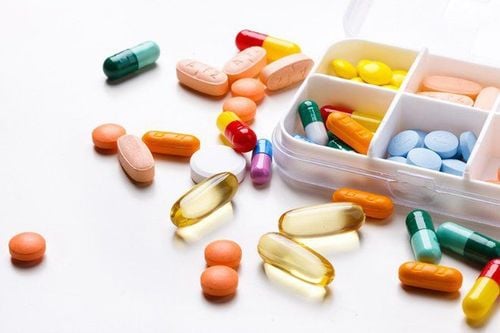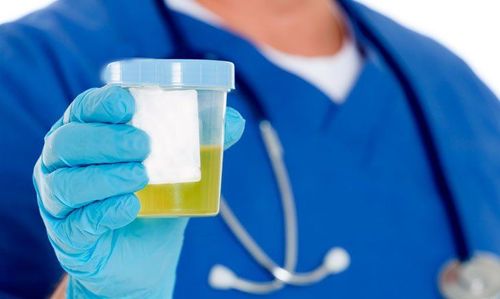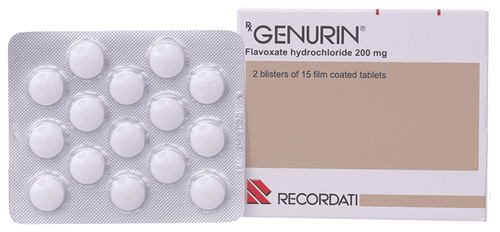This is an automatically translated article.
Urinary tract infection is a common disease in children, indicating a general inflammation, which can be the upper urinary tract (pyelonephritis) or the lower urinary tract (cystitis). Children with urinary tract infections have symptoms such as fever, painful urination, urinary incontinence, and when tested, a large amount of bacteria is found in the urine. Treatment of UTIs for children requires antibiotics, the type of antibiotic and the dose depend on other factors such as the severity of the disease or the age of the child.
1. Commonly used antibiotics for UTIs in children
Depending on the condition and cause of the urinary tract infection, the doctor will have treatment methods with appropriate drugs. In the mild disease stage, common antibiotics such as amoxicillin, bactrim, trimethoprim can be used, but in severe infections, it is necessary to combine 2 antibiotics in the first 3-5 days to achieve effective treatment.
Antibiotics used in UTIs in children are usually antibiotics that have the advantage of killing gram-negative bacteria. Antibiotics belong to the 3rd generation cephalosporin group with brand names including: cefepim, cefoperazone, cefotaxime, ceftriaxone, cefazolin, ceftriaxone,... is a group of antibiotics that act on bacterial walls with bactericidal effects at high doses with little toxicity and With few side effects, it is commonly used.
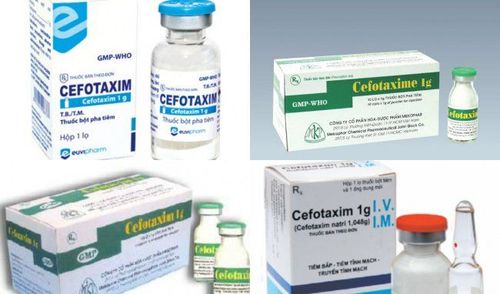
Thuốc kháng sinh cefotaxim
The route of antibiotic administration can be intravenous or intramuscular with a dose calculated according to the weight and age of the child. The combination injection that can be used is a cephalosporin or amoxicillin injectable in combination with an aminoside. Note that caution should be exercised when using aminosides because the drug can be toxic to the kidneys, auditory nerve and optic nerve.
Fluoroquinolone antibiotics belong to the group of contraindications because of adverse effects on bone cartilage and nephrotoxicity.
In urinary tract infections, only cystitis alone, the doctor can choose clotrimazol with the brand name bactrim, biseptol is a combination drug sulfamethazol (SMZ) with trimethoprim (TM) indicated for children with dose dependent age, sex and weight of the child.
2. Some notes when using antibiotics for children
In fact, there are many cases of children being given antibiotics by their parents but not necessarily or without a doctor's prescription. Unguided use can easily lead to the risk of drug side effects or antibiotic resistance in the future. Therefore, when using antibiotics for children, it is necessary to pay attention to the following characteristics:
Antibiotics are drugs that only work for bacterial diseases, not viral diseases, so it is necessary to determine the cause. cause disease before use, to do so, it is necessary to consult a specialist doctor. Parents arbitrarily stopping antibiotics in the last days of treatment for children can create conditions for antibiotic-resistant bacteria to develop. Arbitrarily reducing the dose of the drug or cutting off the drug will make the antibiotic not enough to kill the remaining pathogenic bacteria, making them able to reproduce and repopulate the population, leading to the recurrence of the disease after a while.
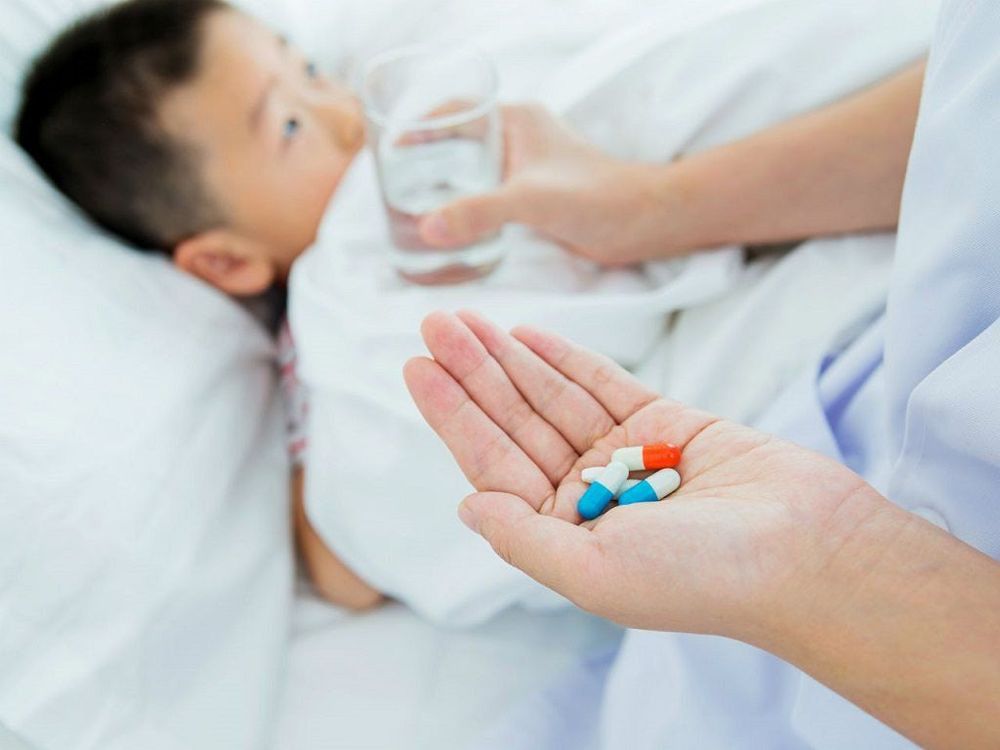
Phụ huynh không nên tự ý dừng kháng sinh
Indiscriminate use of antibiotics can cause side effects such as diarrhea, vomiting, allergies, anaphylaxis or even death. Use of antibiotics must follow the doctor's prescription because children are not miniature adults, all drug components put into the body must be calculated according to the weight and age of the child.
Please dial HOTLINE for more information or register for an appointment HERE. Download MyVinmec app to make appointments faster and to manage your bookings easily.




